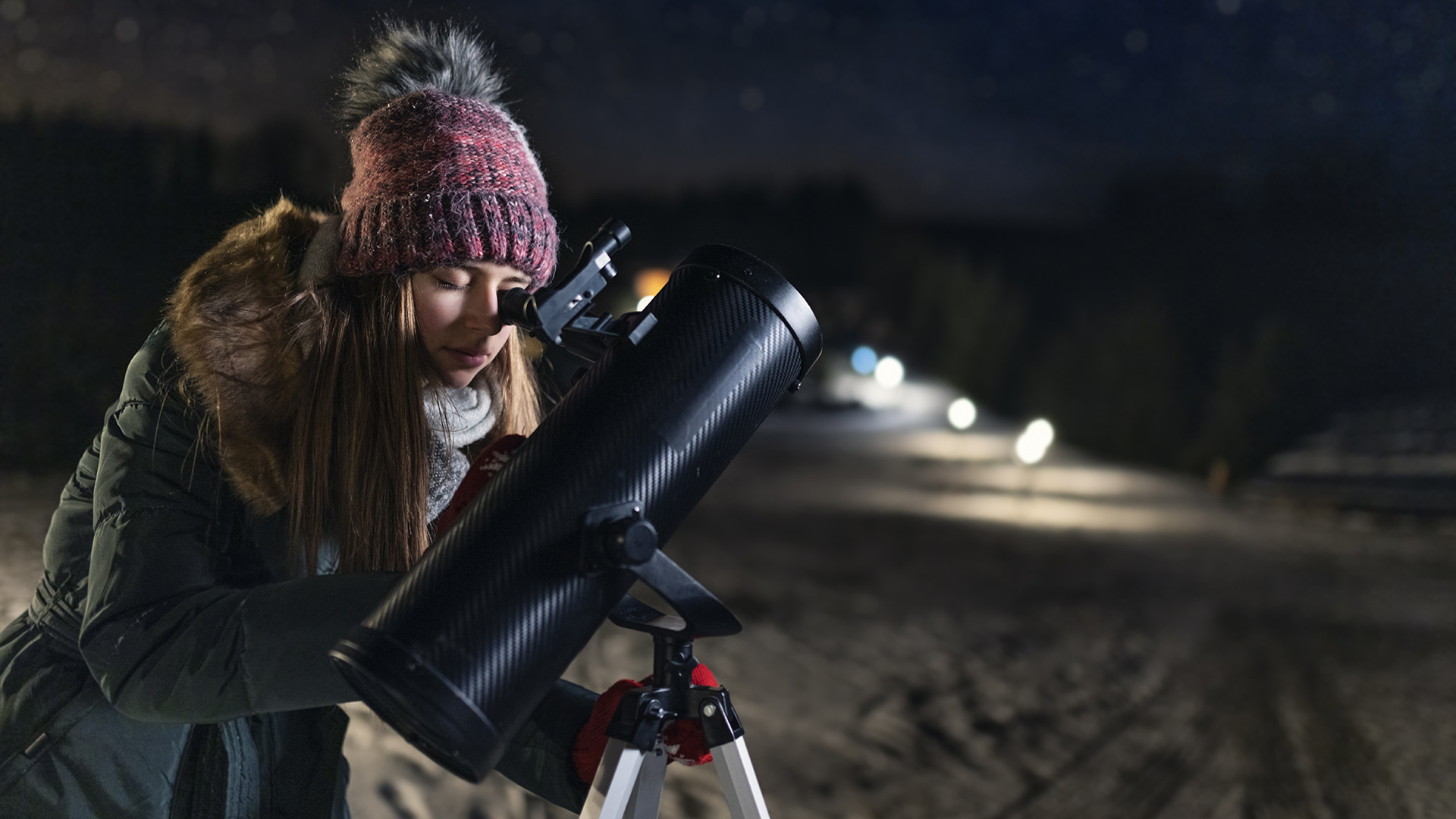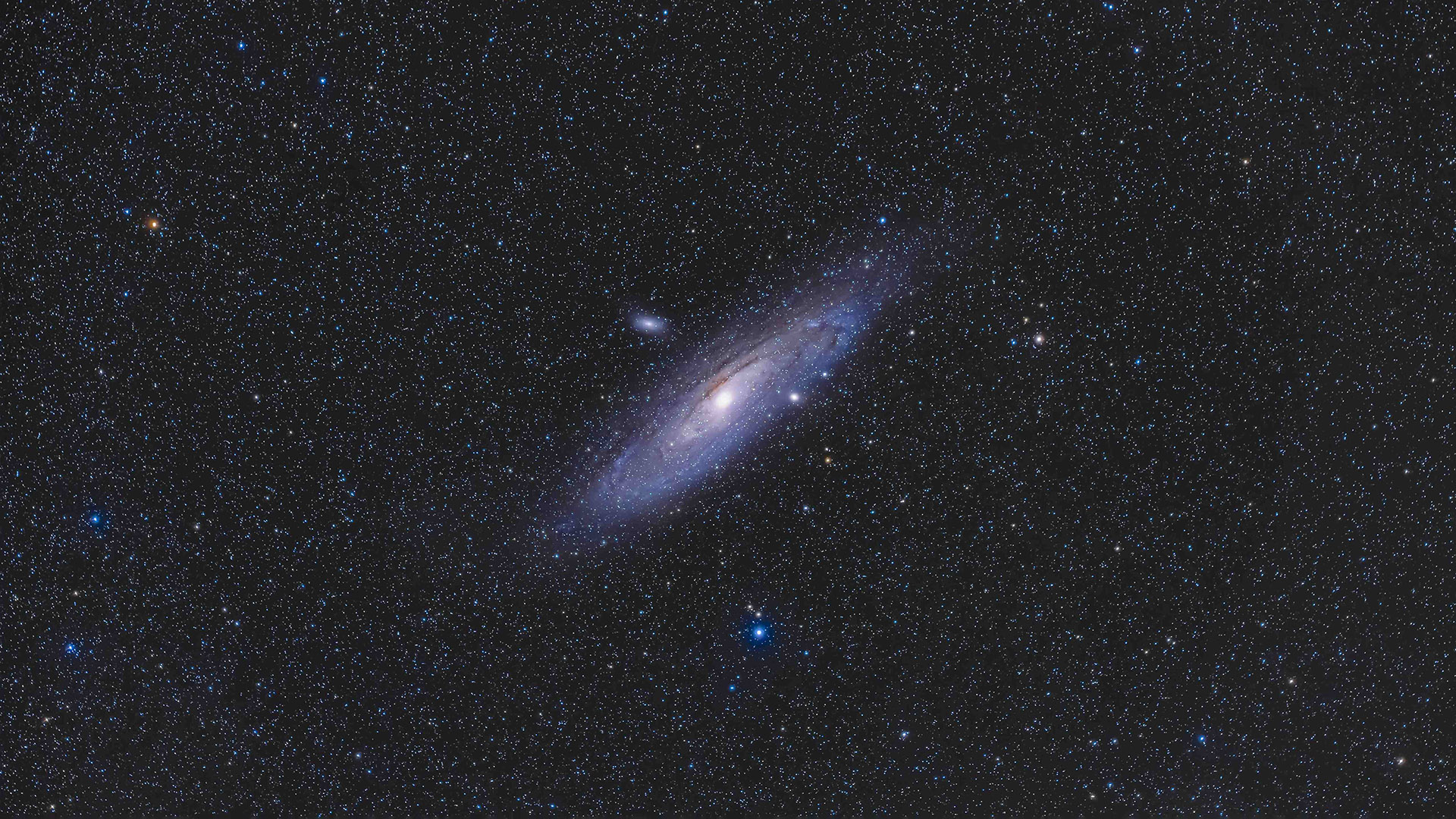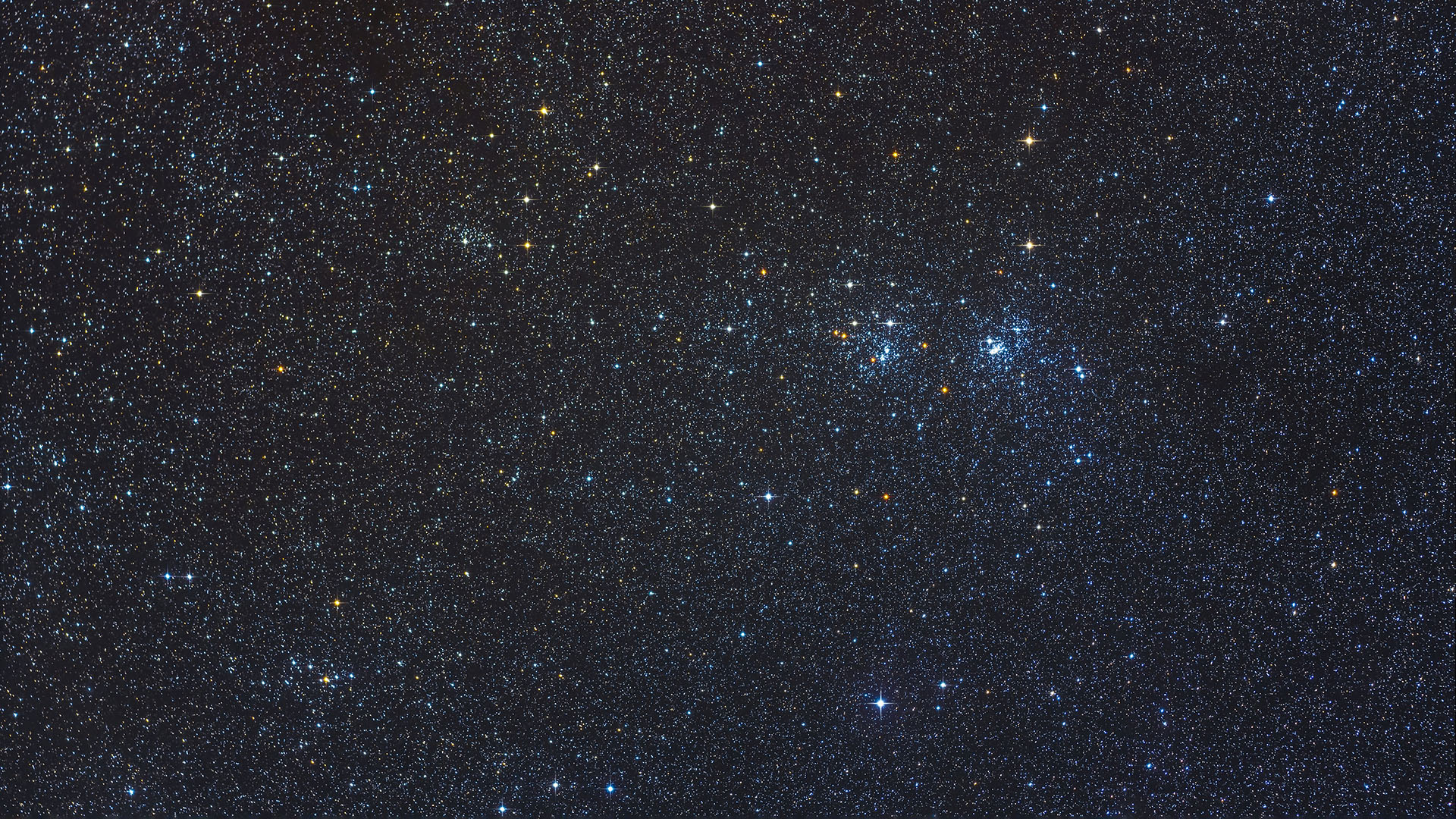Got a new telescope for Christmas? Try spotting these 10 celestial objects with it
From star clusters and nebula to planets and a well-timed ‘Christmas Moon,’ there’s plenty to look at in a telescope this festive season


Whether it’s one of the best telescopes for stargazing or the best telescopes for beginners, if you’ve just been gifted your first telescope, then it’s only natural that you’ll want to take it outdoors for a spin.
If there’s a clear sky where you are, then you’re in luck this Christmas because there’s a host of incredible objects in a great position to be observed through a telescope.
Here’s what to point your new telescope at this Christmas:
1. The full ‘Christmas Moon’
There are few more impressive sights to a beginner than the bright full moon through a telescope. As luck would have it, on Christmas Day, the moon will rise almost full in the northeast about an hour before sunset. An even better sight awaits on Boxing Day when the 100%-lit full moon will rise in the northeast as the sun sets. The full moon gets very bright, so catch it when it rises in muted orange hues for the best views. You can check the time of moonrise where you are.
2. The ‘Star of Bethlehem’
As soon as the sun goes down, you’ll notice a bright ‘star’ shining high in the east. It may look like the fabled ‘Star of Bethlehem,’ but it is not a star but a planet. Jupiter is probably the most rewarding planet to look at through a telescope. Use your new telescope’s 25mm eyepiece to find it then swap to a high-power eyepiece (about 10mm or 5mm) to get a close-up of its pinkish cloud bands and four giant moons (Io, Europa, Ganymede, and Callisto).
3. Saturn’s Rings
It’s the sight you’ve been waiting for. The most beautiful planet in the solar system aside from Earth, the sight of Saturn’s rings for the first time is worth the price of a telescope alone. However, don’t expect it to fill the field of view. After all, it’s almost ten times the distance from Earth than from Earth to the sun. A high-power eyepiece (10mm or 5mm) will get you the best view.

4. Andromeda Galaxy (M31)
The Andromeda Galaxy is about 2.5 million light-years distant, which as well as looking like a vast spiral galaxy in a telescope, is also a real eye-opener. It’s the only galaxy in the night sky traveling towards our Milky Way. They’re destined to merge in about four billion years.
Get all the latest news, reviews, deals and buying guides on gorgeous tech, home and active products from the T3 experts
5. Great Pegasus Cluster (M15)
Found halfway between Saturn and Deneb in the southwestern sky soon after dark, M15 in the constellation Pegasus is a bright globular cluster. This dense ball of about 100,000 stars orbiting the Milky Way’s halo comes to life in any small telescope. It’s about 34,000 light-years distant.
6. The Orion Nebula (M42)
About an hour after dark this month, you’ll see Orion’s Belt rising on its side due east. Just to the right of it will be a fuzzy patch called Orion’s Sword. At its center is the Orion Nebula, an area of intense star birth where starlight reflects clouds of dust and gas. About 1,500 light-years away, it’s one of the most famous sights to see in a telescope.
7. Double Cluster (NGC 869 and NGC 884)
Just after dark in the northeast sky, beyond Jupiter, is the constellation Perseus. It’s across the Milky Way and therefore packed with stars, but it’s the most alluring sight is the so-called Double Cluster, two groups of thousands of stars about 7,500 light-years distant that appear next to each other. You’ll find them between the brightest stars in Perseus and the W-shaped constellation above, Cassiopeia.

8. Rigel in Orion
Point a telescope at some stars, and you’ll notice they’re different colors. Start with Rigel in Orion’s foot, close to the Orion Nebula. A blue-white supergiant star, it’s super-hot and about 100,000 times as bright as our sun, which is why it’s one of the ten most luminous stars in our night sky.
9. Betelgeuse in Orion
Contrary to Rigel, Betelgeuse – on the other side of Orion’s Belt – is a relatively cool red supergiant star. It’s also one of the ten brightest stars in our night sky, but only because it’s enormous. If it were in the solar system in place of the sun, Betelgeuse would reach out to the orbit of Mars. It recently dimmed unexpectedly, leading astronomers to wonder if it’s about to explode as a bright supernova. It will definitely do just that, but sometime in the next 100,000 years; astronomers can’t be more definitive than that.
10. Albireo
Look due west just after dark, and you’ll see the ‘Summer Triangle’ – made from the three bright stars Vega, Cygnus and Altair – lying on its side. At its center is Albireo, a famous double star. At about 30x power, you’ll split Albireo into both a golden and a blue star. It’s a jaw-dropping sight, but be quick because Albireo will sink towards the horizon and be gone a few hours after dark.
Jamie is a freelance journalist, copywriter and author with 20 years' experience. He's written journalism for over 50 publications and websites and, when he's not writing, spending most of his time travelling – putting the latest travel tech through its paces.
